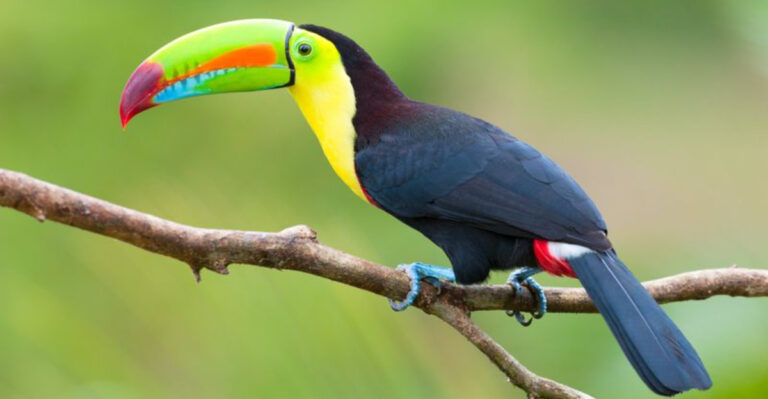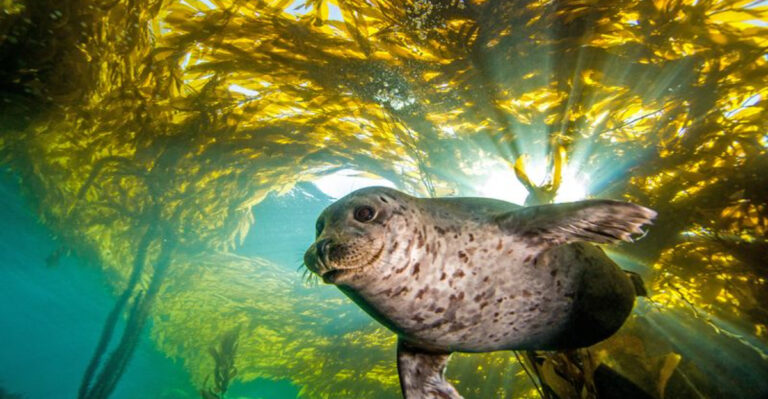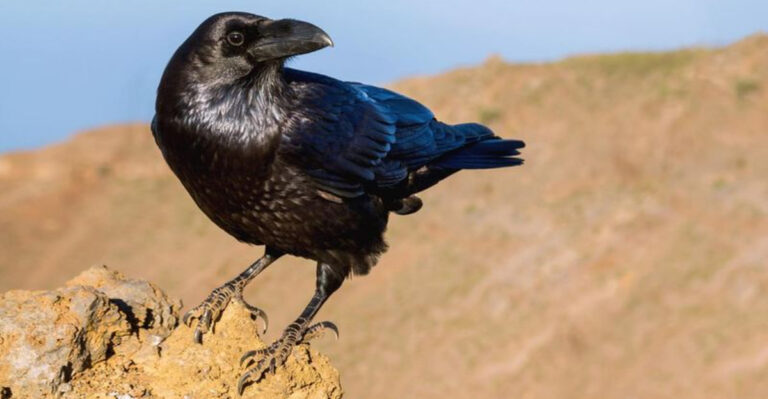8 Animals That Vanished From U.S. Forests And 5 That Are Quietly Coming Back
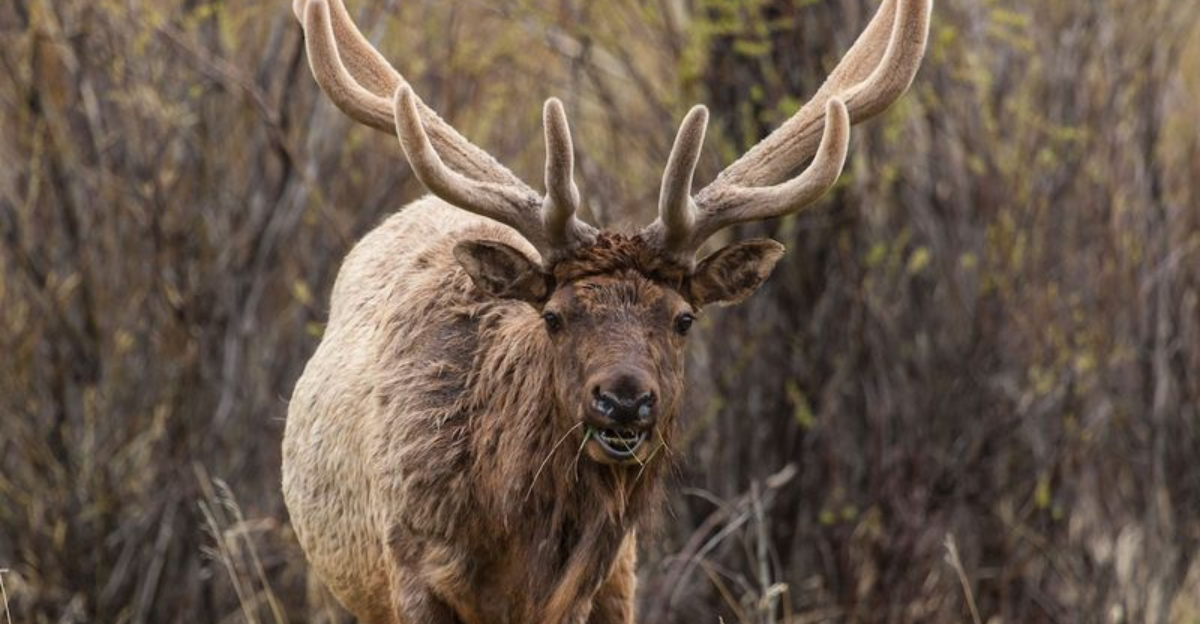
American forests once teemed with incredible wildlife that shaped our natural heritage. Over time, hunting, habitat loss, and pollution caused many iconic species to disappear from landscapes they once dominated.
While some animals vanished completely, conservation efforts have recently sparked remarkable comebacks for others.
1. Carolina Parakeet: America’s Lost Tropical Bird
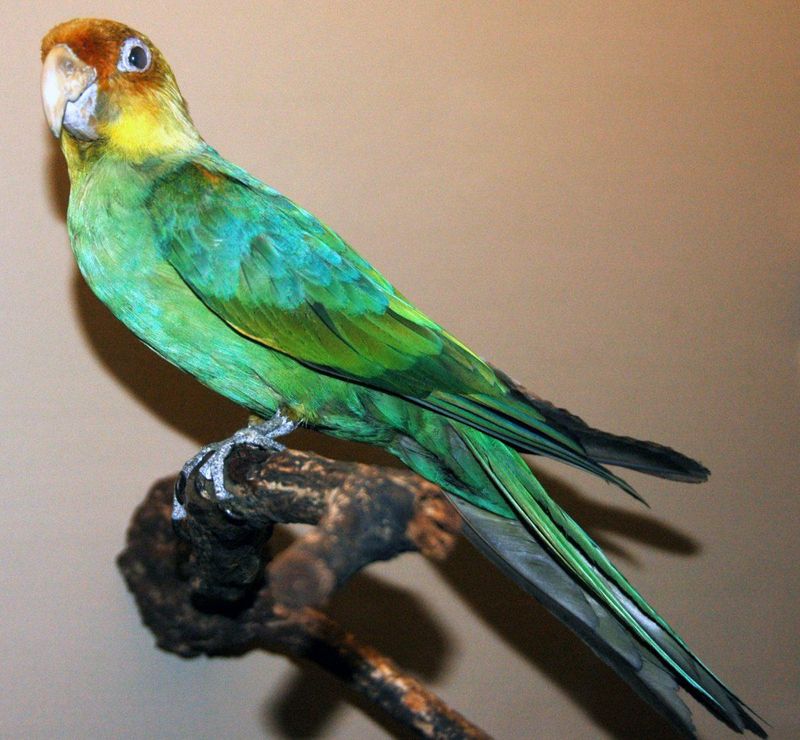
Bright green bodies and yellow heads once flashed through southern forests like living jewels. Carolina parakeets were the only native parrot species in eastern North America, traveling in noisy flocks that could strip an orchard bare.
Farmers considered them pests and hunted them mercilessly. Their beautiful feathers also became fashionable hat decorations. The last captive bird died at Cincinnati Zoo in 1918, just months after the famous passenger pigeon Martha.
2. Passenger Pigeon: From Many To Gone
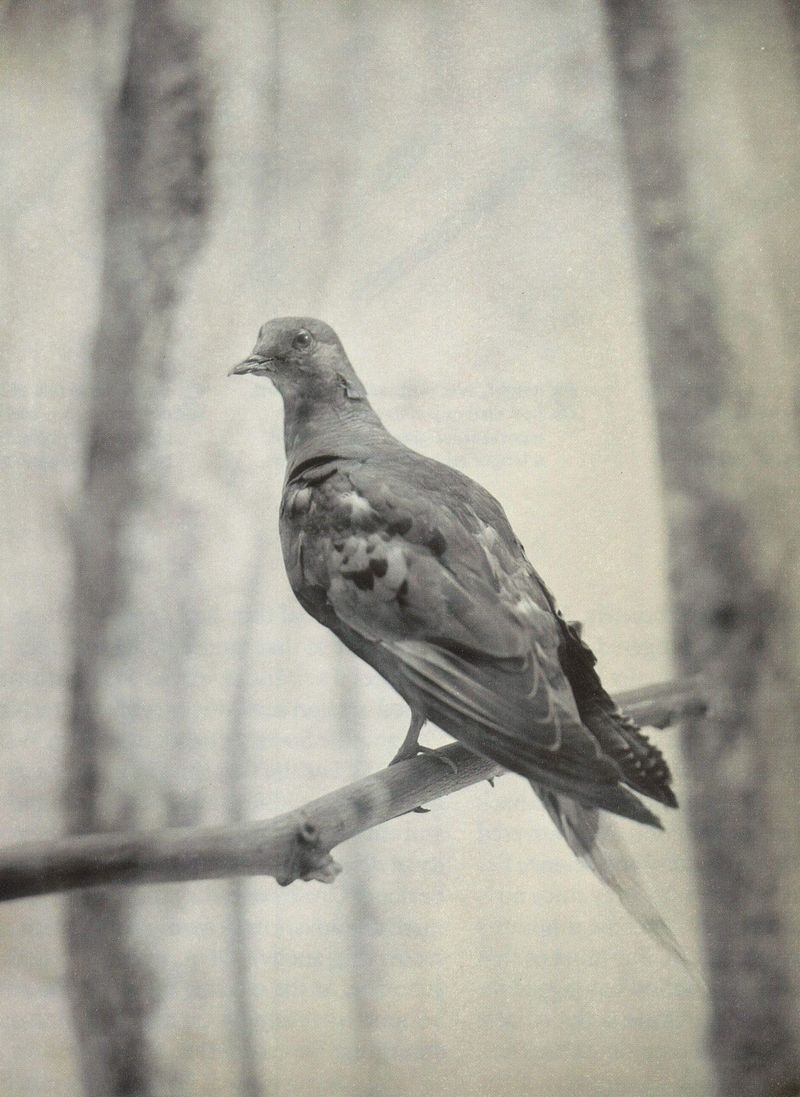
Flocks so enormous they darkened skies for days once migrated through American forests. Passenger pigeons may have been the most abundant bird on Earth, with populations estimated at 3-5 billion before European settlement.
Market hunting in the 1800s decimated their numbers at an unbelievable rate. These social birds needed large colonies to breed successfully. The last wild bird was shot in 1901, and the last captive bird, Martha, died at Cincinnati Zoo in 1914.
3. Eastern Cougar: The Ghost Cat
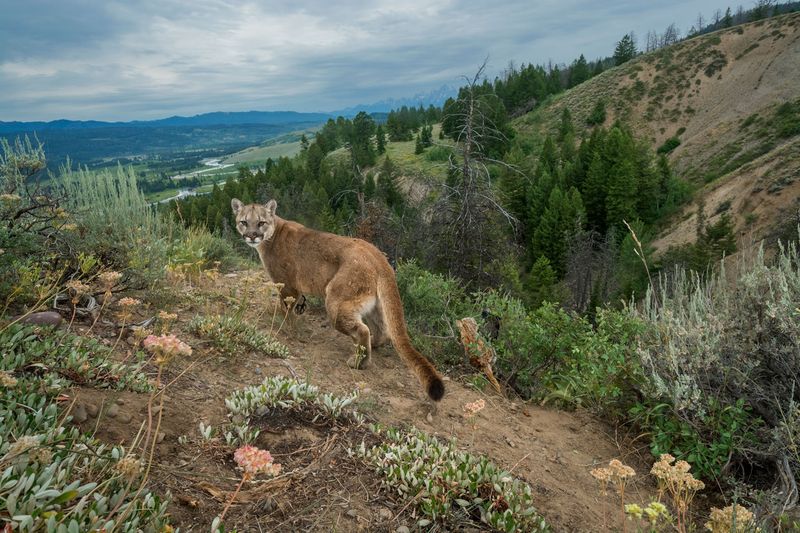
Stealthy and powerful, these tawny predators once ruled eastern forests from Maine to South Carolina. Eastern cougars kept deer populations in check while avoiding human contact whenever possible.
Bounty hunting, deforestation, and declining prey led to their downfall. The U.S. Fish and Wildlife Service officially declared them extinct in 2018, though occasional sightings fuel debate about whether some might survive or if western cougars are slowly expanding eastward.
4. Great Auk: The Northern Penguin
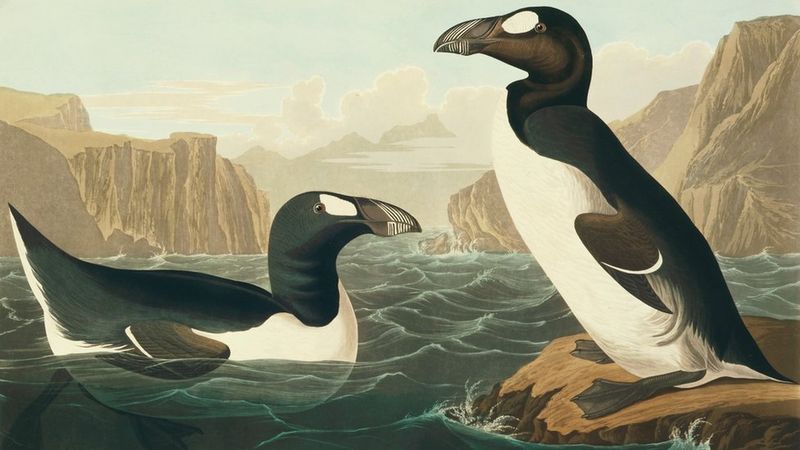
Standing three feet tall with tuxedo-like plumage, these flightless seabirds once waddled through coastal forests of New England and Canada. Great auks were superb swimmers who nested in colonies on rocky islands.
Sailors and settlers harvested them for meat, eggs, and feathers. Their down was particularly prized for pillows and mattresses. The birds’ inability to fly made them easy targets, and the last pair was killed in Iceland in 1844.
5. Heath Hen: The Prairie Chicken’s Lost Cousin
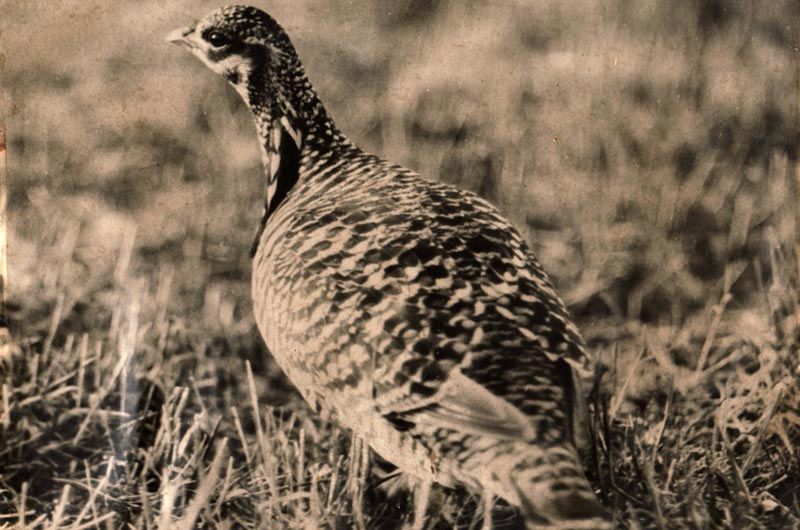
Speckled brown birds once performed elaborate mating dances across eastern coastal forests and scrublands. Heath hens were a distinct subspecies of prairie chicken that thrived from Maine to Virginia.
Overhunting initially decimated their numbers, as they were a popular food source for colonists. A small population survived on Martha’s Vineyard until 1932, when the last bird, nicknamed “Booming Ben,” disappeared after years of desperate conservation efforts that came too late.
6. Ivory-billed Woodpecker: The Lord God Bird
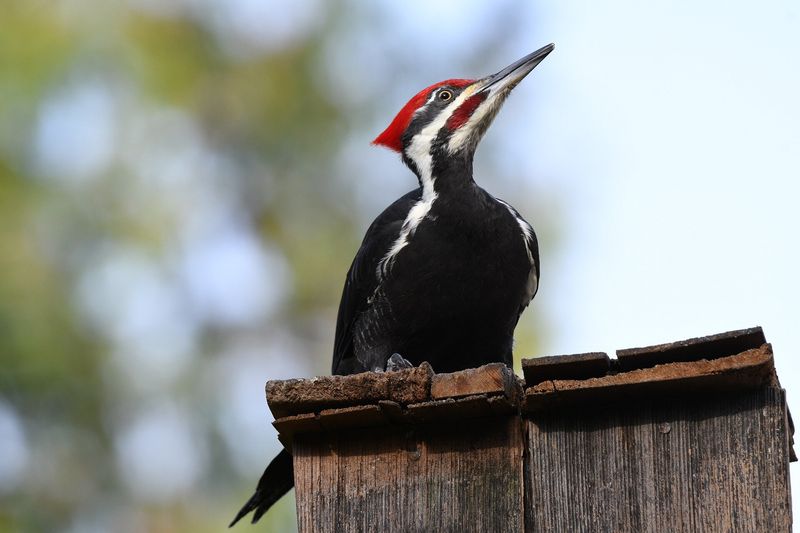
Crow-sized with striking white bills and red crests, these magnificent woodpeckers once hammered away at dying trees throughout southeastern forests. Their massive bills could strip bark from entire trees as they searched for beetle larvae.
Old-growth forest logging destroyed their specialized habitat. The last confirmed U.S. sighting was in Louisiana in 1944, though occasional unconfirmed reports persist. In 2021, the U.S. Fish and Wildlife Service proposed declaring them officially extinct.
7. Eastern Bison: The Woodland Buffalo
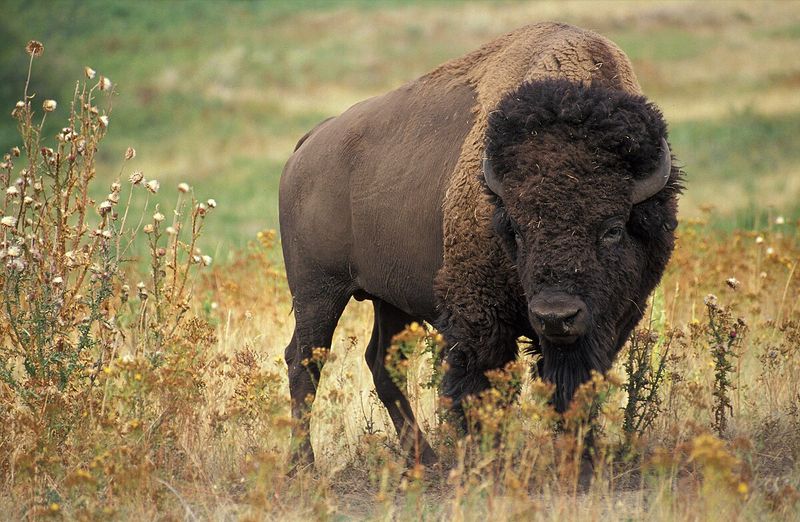
Smaller and darker than their plains cousins, eastern bison created forest clearings that benefited countless other species. These woodland giants once roamed from the Appalachians to the Mississippi River, browsing forest edges and maintaining natural meadows.
Market hunting and habitat destruction eliminated them by the late 1800s. While plains bison have recovered somewhat, the distinct eastern subspecies is gone forever. Their ecological role in maintaining forest openings has been lost, changing eastern woodland ecosystems.
8. Eastern Elk: The Forest Giant
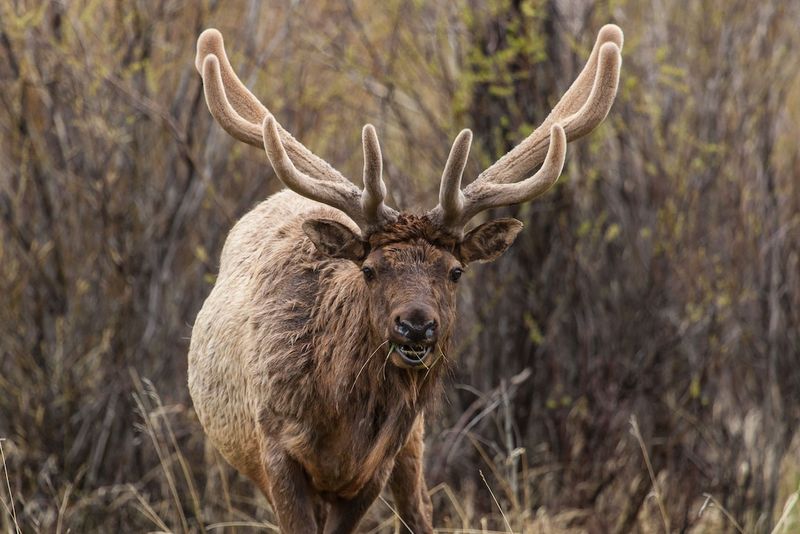
Massive antlers stretching six feet wide once crowned these majestic forest dwellers. Eastern elk roamed from Georgia to southern Canada until the 1800s, when settlers hunted them relentlessly for meat, hides, and antlers.
The last known eastern elk was shot in Pennsylvania in 1877. Though similar to their western cousins, this unique subspecies is gone forever, leaving silent gaps in eastern forest ecosystems they once helped shape.
9. Gray Wolves: Howling Again In American Forests
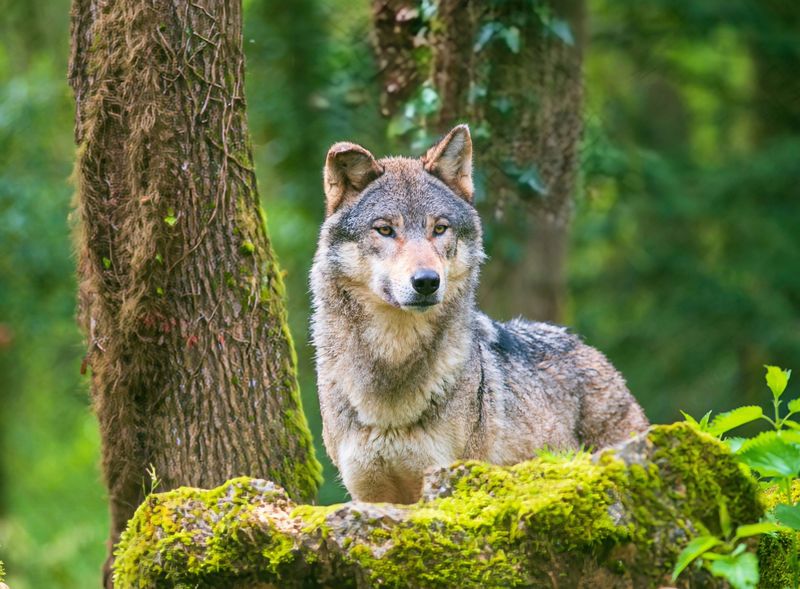
Intelligent pack hunters with complex social structures are making a remarkable comeback in several regions. Gray wolves once lived throughout North America but were systematically exterminated from most U.S. forests by the 1920s.
Successful reintroduction began in Yellowstone in 1995. Wolves have since naturally expanded into Washington, Oregon, California, and the Great Lakes. Their return has triggered fascinating ecological changes, including healthier deer populations and restored riparian areas.
10. American Beavers: Nature’s Engineers Return
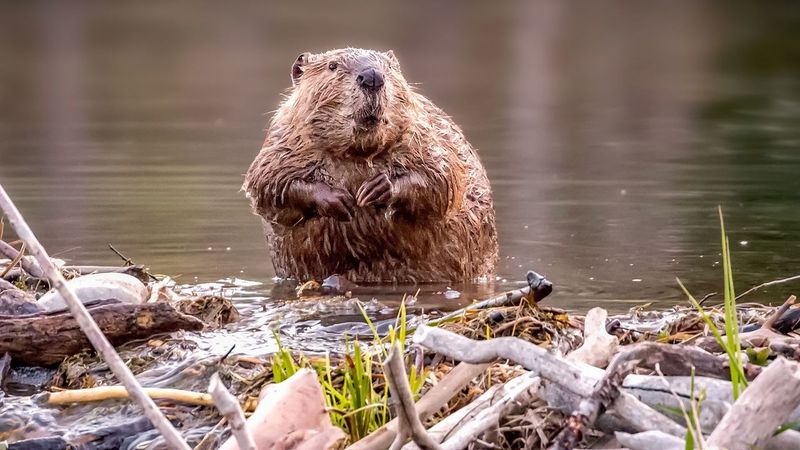
Buck-toothed dam builders were once trapped to near extinction for their valuable fur. Beavers transform forests by creating wetlands that support incredible biodiversity, but by 1900, they’d been eliminated from most U.S. waterways.
Conservation efforts in the early 1900s helped beaver populations bounce back dramatically. Today, they’ve recolonized much of their former range, with over 15 million nationwide. Their dam-building activities create crucial habitat for fish, amphibians, and waterfowl while improving water quality.
11. Wild Turkeys: From Thanksgiving Tables To Forest Comeback
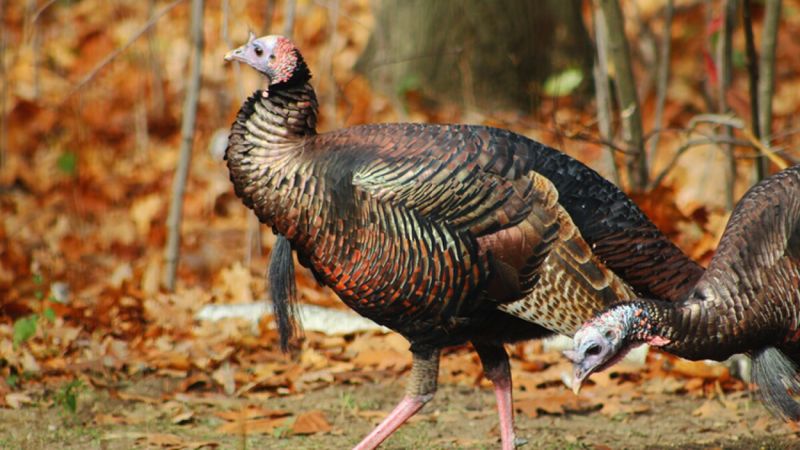
Gobbling forest dwellers with iridescent feathers have made one of conservation’s greatest success stories. Wild turkeys were reduced to just 30,000 birds nationwide by the 1930s due to unregulated hunting and habitat loss.
Careful reintroduction efforts and improved forest management helped populations rebound spectacularly. Today, about 7 million wild turkeys roam U.S. forests. These intelligent birds can now be found in every state except Alaska, often surprising suburban residents with their adaptability.
12. Fisher Cats: Secretive Forest Predators Reemerge
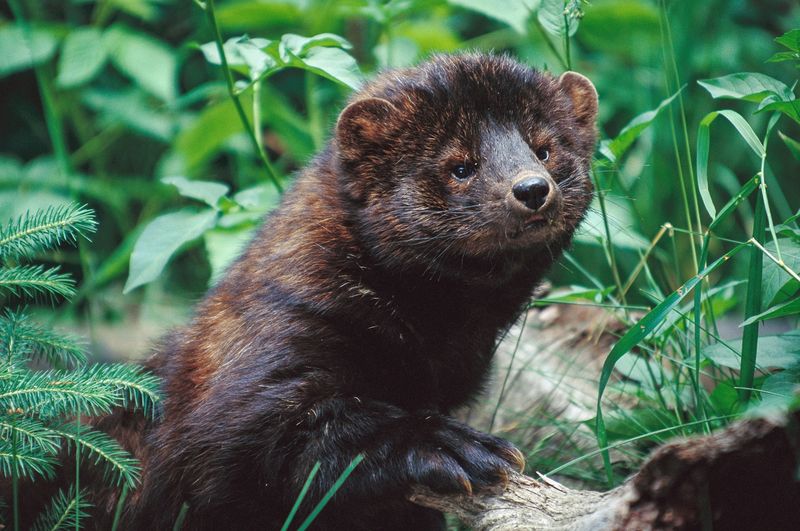
Members of the weasel family with chocolate-brown fur are quietly reclaiming northeastern forests. Fishers are one of the few predators capable of hunting porcupines, making them important for forest ecosystem balance.
Trapped extensively for their fur and affected by logging, fishers nearly disappeared from much of their range by the early 1900s. Reintroduction programs beginning in the 1950s have helped these agile climbers return to forests across New England, New York, and parts of the Midwest.
13. American Black Bears: Forest Giants Making A Comeback
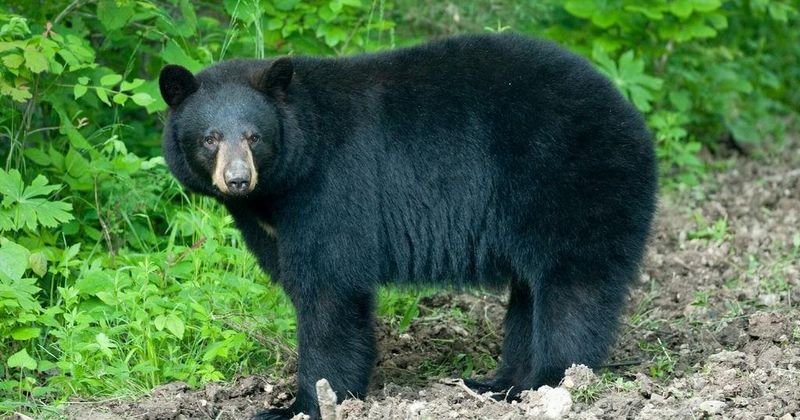
Powerful omnivores with remarkable adaptability are expanding across their former territories. Black bears were eliminated from much of their range by the mid-1900s due to habitat loss and overhunting.
Improved forest management and hunting regulations have allowed bear populations to recover in many eastern states. Bears have now returned to areas where they hadn’t been seen in generations. Their comeback represents both a conservation success and a challenge as humans learn to coexist with these intelligent forest dwellers.


